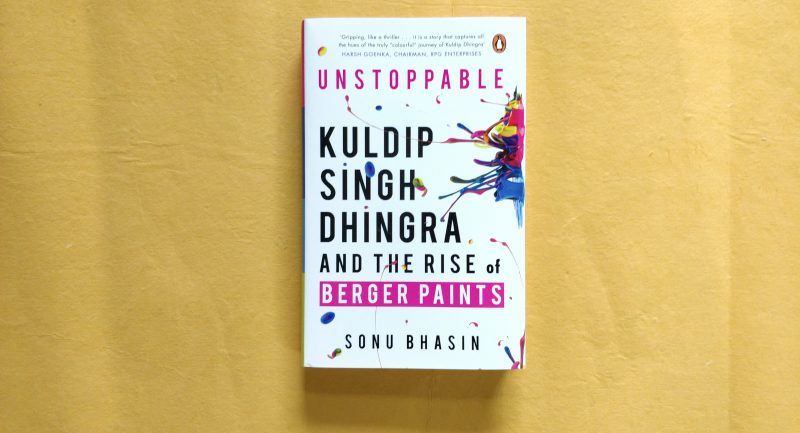
In ‘The Last Battle of Saraighat’, political campaigners for the BJP in the North-East, Rajat Sethi and Shubhrastha take you behind the scenes of the BJP’s landslide victory in the 2016 Assam legislative assembly elections. In the book, they provide details of the election strategies and explain the rise of the party in the North-East.
Here’s an excerpt chronicling the win of BJP in Assam.
Assam celebrates three different Bihu festivals, each one of which coincides with a distinct phase in the farming calendar. Kati Bihu, the first in the series, is observed in October and is marked by solemn prayers to save the paddy crop from insects and evil sights. Bhogali or Magh Bihu is all about food and is celebrated in January at the end of paddy harvesting period when the granaries are full. The last Bihu in the calendar is called Rongali Bihu or Bohag Bihu, which marks the beginning of the Assamese New Year when the field is prepared for the next season of paddy cultivation. It is the most widely celebrated and colourful festival in Assam.
Every five years, the Assamese farming calendar closely coincides with the campaign calendars of political parties. The body politic of Assam is promised new dreams every time. This interesting tradition was captured in a 1992 song by Bhupen Hazarika on Bihu. Sung to the tune of a lullaby, it makes a plea to Bihu: Please do come once a year and wake up mother Assam, and even in these dangerous times, please O Bihu, come and give the Assamese body and mind its ritual bath.
Bihu is indeed a ‘national birthday—the day of renewal when the Assamese polity takes stock of its past and future’.
In the Bihu of 2016, the electoral curtains were to drop and a new polity was to emerge.
Armouring for the Battle
By the end of December 2015, BJP had almost all the right ingredients in place to project itself as the sole and credible political challenger to the incumbent Congress government in the ensuing assembly elections scheduled for April 2016. Anti-incumbency against the Tarun Gogoi–led Congress government was quickly building up. The BJP now appeared stronger as an Opposition in Assam. It had a face. It had the narrative. The party also had the required momentum to oust the incumbent.
But a deep emotional connect with the people of Assam was amiss. BJP had so far been only a marginal political player in the state and electorate were still finding it hard to relate with the party as its political choice.
On the other hand, the Congress had a well-oiled foundation and a veteran leader in Gogoi, who had led the state peacefully for fifteen long years. Assam has traditionally been a strong Congress bastion. Out of the nearly seven decades of independent India, the Congress was in power in Assam for nearly six decades. Winning Assam would have meant that the Congress was able to hold on to its turfs after its decimation in the 2014 Lok Sabha elections. Losing Assam would have implied a nosedive for the party nationally.
With the political ground that the BJP had covered over the past two years, it could not afford to lose the Assam battle. The next four months of electioneering were critical to tilt the balance in its favour. After the humiliating defeat in Delhi and Bihar, Assam was a test of the BJP’s confidence. It would also signify if there was a sense of trust for the party among the masses and if the Modi wave still reigned high in urban as well as far-flung rural centres of India. For the BJP, it meant finding a foothold in North-east India and marking its presence in a sensitive borderland. For the central government under Modi, Assam, if claimed, would have become a pivot for the Act East Policy. So, for all reasons—political and developmental—Assam was a catch!










